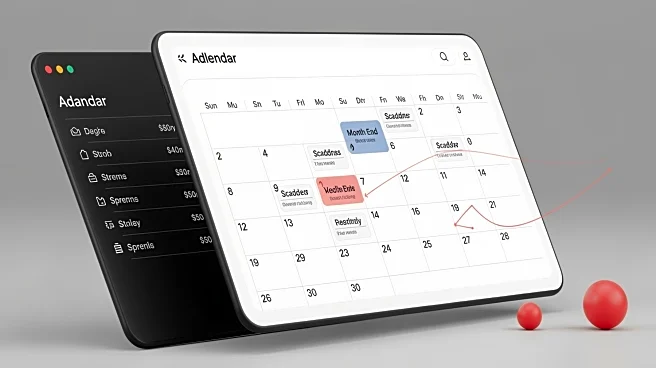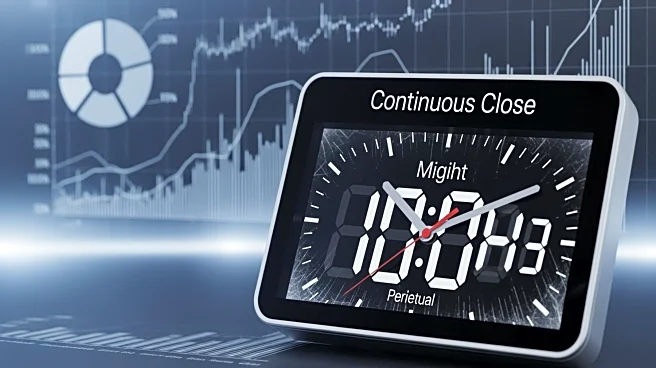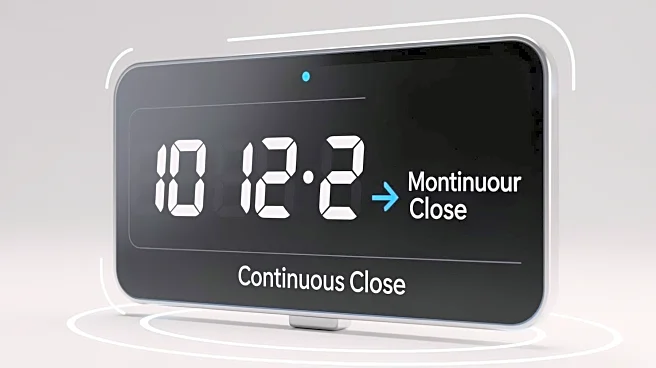What's Happening?
The accounting industry is experiencing a significant shift away from the traditional month-end close process, which has been a staple for decades. This change is driven by advancements in technology, such as real-time bank feeds and automated subledger
synchronization, which allow for continuous updates to financial records. According to recent research by the AICPA, these technological improvements have made continuous close models more feasible, reducing the need for batch processing that characterized the month-end close. The traditional month-end close, once a necessary ritual due to batch-processing constraints, is now being replaced by daily maintenance and reconciliation processes. This transition allows finance teams to keep financial records current throughout the month, rather than scrambling to reconcile transactions at the end of each month.
Why It's Important?
The move towards continuous close models in accounting is significant as it enhances the efficiency and accuracy of financial reporting. By maintaining up-to-date financial records, companies can make more informed decisions based on current data rather than waiting for month-end reports. This shift also reduces the workload associated with the traditional month-end close, allowing accountants to focus on more strategic tasks. For CPAs, this evolution means that interim reviews become more meaningful, as they can provide real-time insights rather than retrospective confirmations. The continuous close model also aligns with the needs of regulators like the SEC, which prioritize timely quarterly and annual reporting over monthly closes.
What's Next?
As more companies adopt continuous close models, the accounting industry may see further innovations in financial reporting processes. Organizations are likely to continue automating reconciliations for bank accounts, credit cards, and high-volume subledgers to further reduce the workload associated with financial closes. Additionally, review cycles may compress from monthly to weekly, allowing for quicker resolution of issues while the context is fresh. This ongoing transition could lead to a redefinition of audit calendars, with a focus on concurrent monitoring rather than solely retrospective confirmation.
Beyond the Headlines
The shift to continuous close models may have broader implications for the accounting profession, including changes in how accountants allocate their time and the skills required for modern financial management. As technology continues to evolve, accountants may need to develop expertise in data analytics and process automation to remain competitive. This transition also highlights the importance of designing processes that surface exceptions immediately, rather than verifying outputs at the end of a period.















